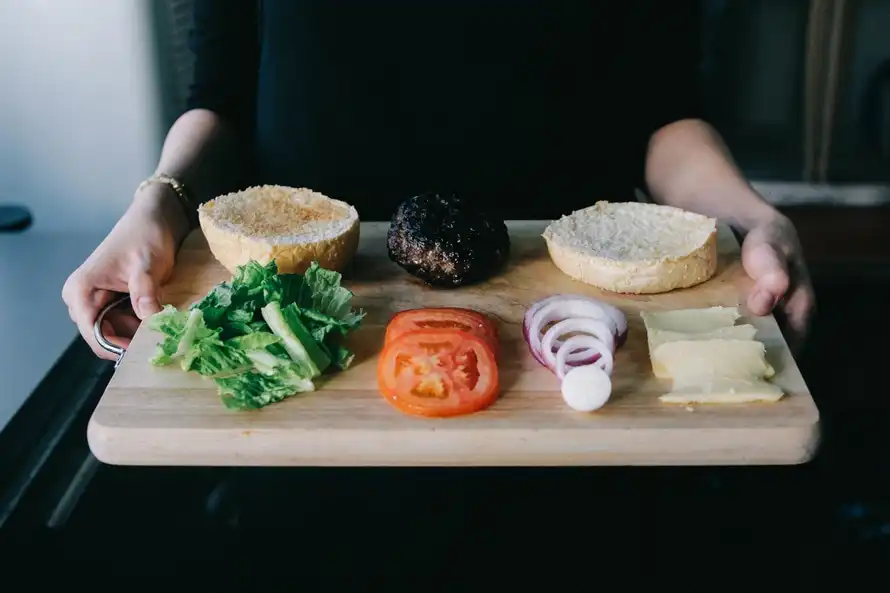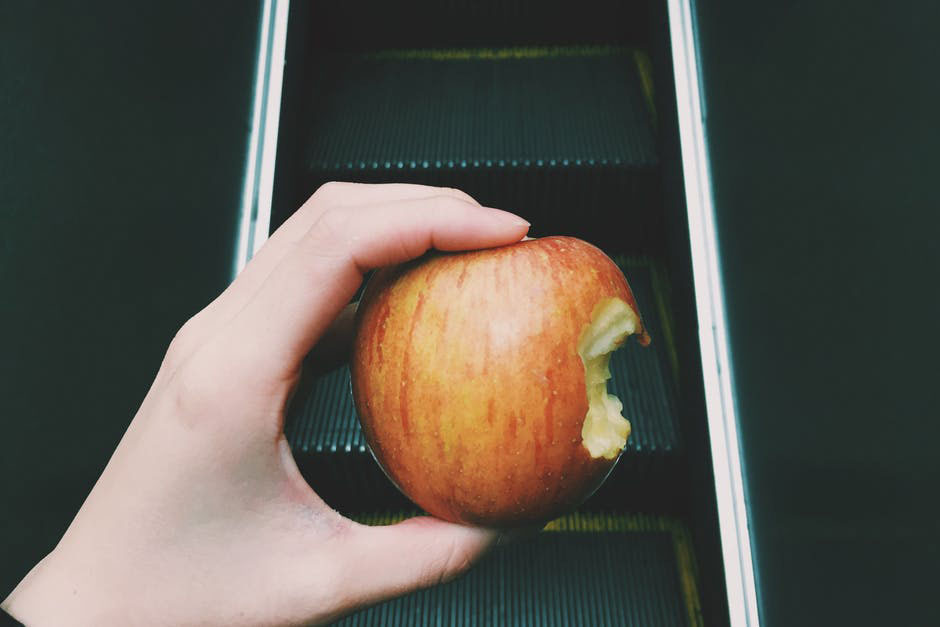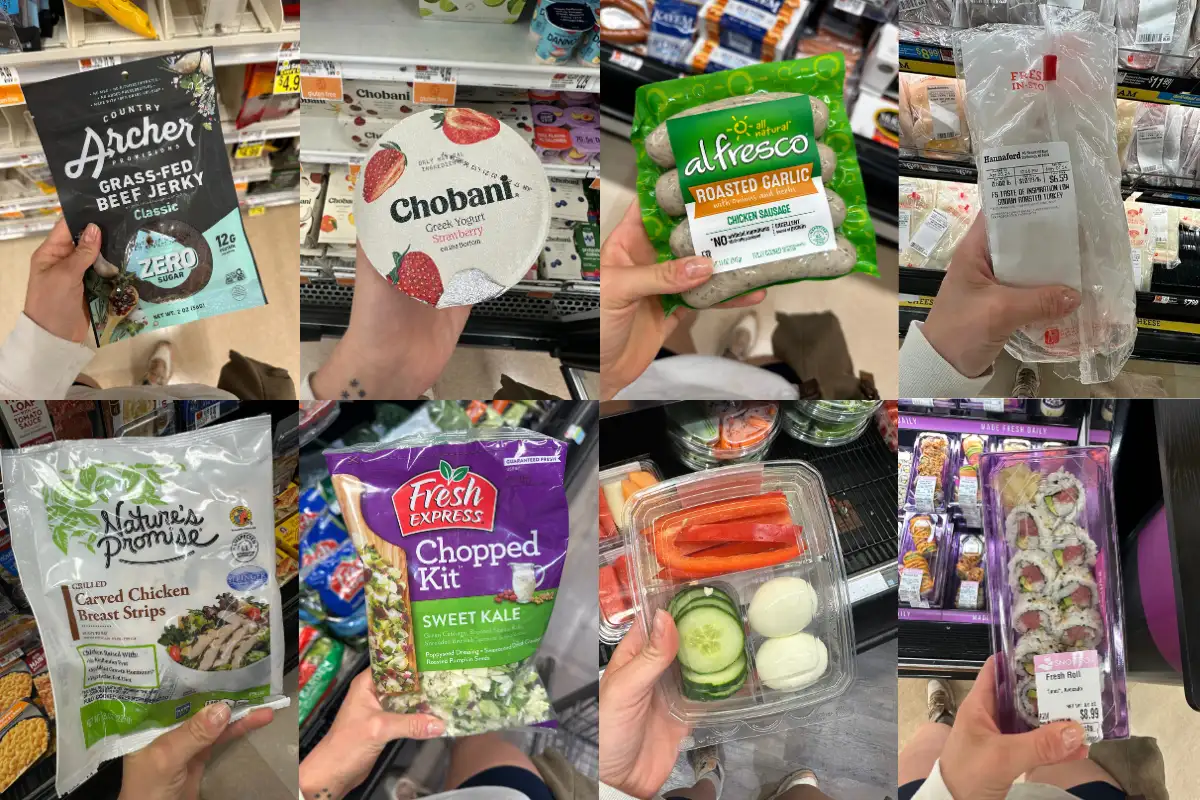
Read the Article
Many people come to WAG Nutrition wanting to know how many calories they need to lose weight. Then, when they get the initial macros from their coach, they wonder “how do you calculate macros?” or how to calculate a calorie deficit. Use this calorie calculator guide as a jumping-off point.










